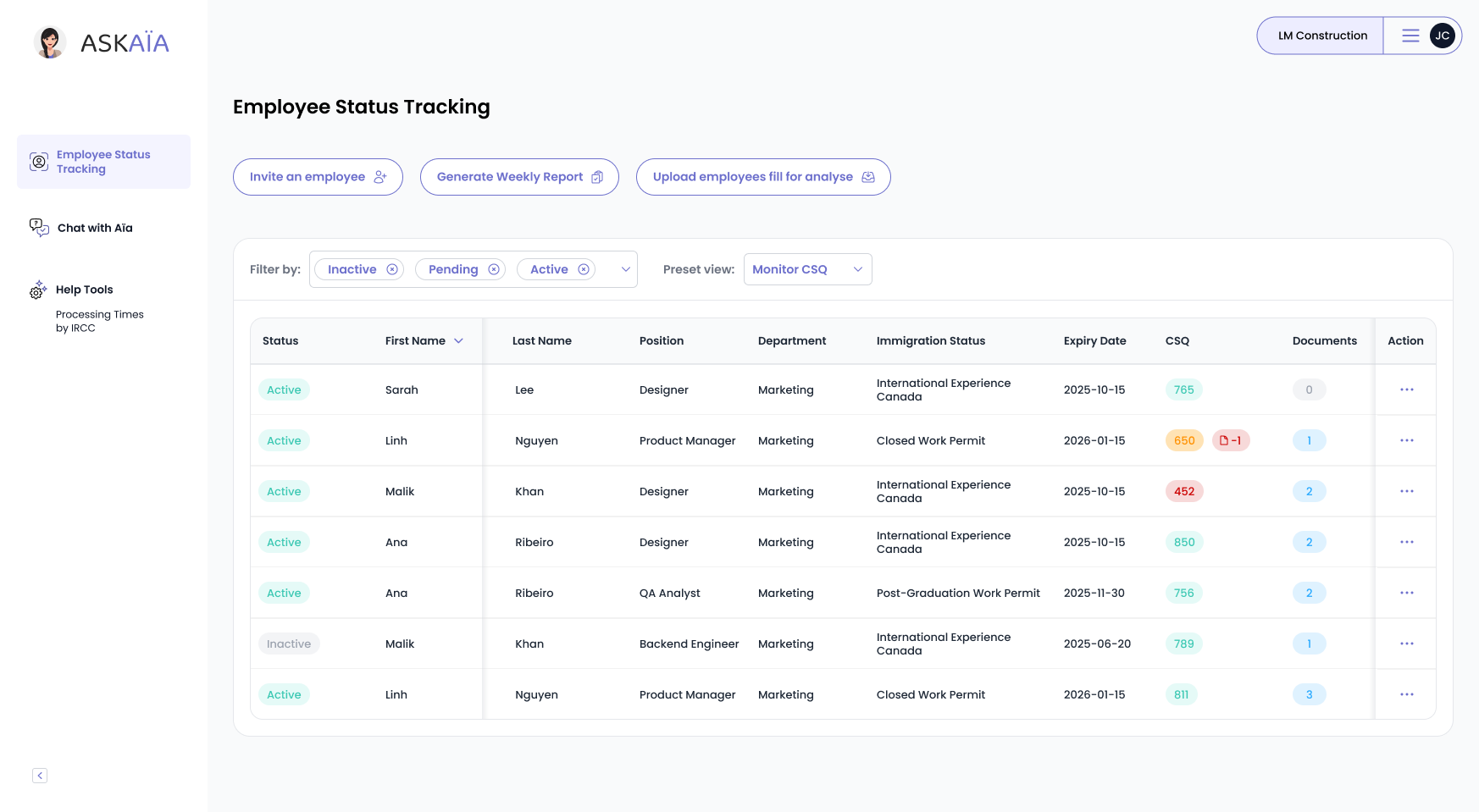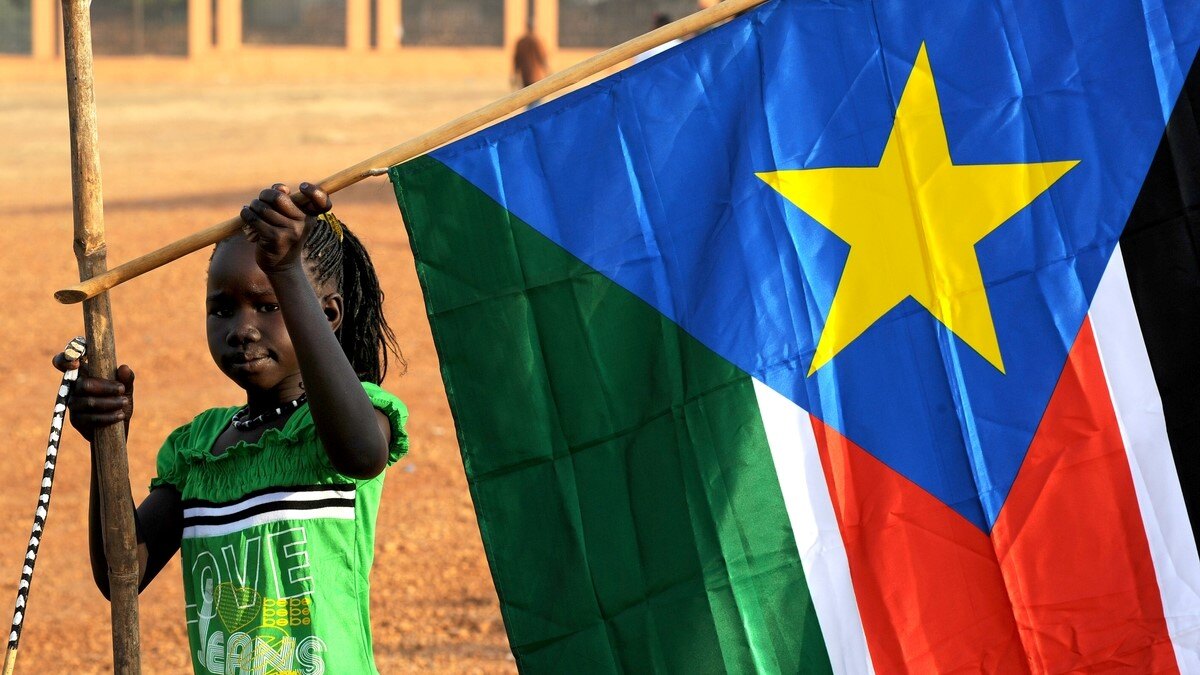Canada is scaling back temporary immigration, with rising visa refusals and new policy limits. In this article, we break down what’s changing. Plus, see how Newfoundland and Labrador is adapting—and meet Anastasiia, a newcomer turning creativity into business success.
1. Top Story: Temporary Immigration Starts to Decline in Canada
Is Canada's era of rapid immigration growth slowing down? New data shows a marked drop in temporary immigration. With policy shifts underway, Canada is entering a new phase. Here's what you need to know—and how it affects your chances.
Key Takeaways
-
Temporary Immigration Down: Fewer new work and study permit holders arriving.
-
Growth Rate Slows: Canada grew by just 0.2% last quarter.
-
Policy Shift Underway: Ottawa tightening caps on temporary residents.
Canada Slows Down Temporary Immigration in 2024
For years, temporary immigration fueled Canada's population growth. But that trend is starting to shift. According to Statistics Canada, the country's growth rate dropped to 0.2% in the last quarter of 2024—the slowest since the pandemic began. This slowdown is closely linked to a decline in newcomers arriving on temporary permits such as work and study visas.
The federal government has acknowledged the strain high immigration places on housing, healthcare, and infrastructure. In response, it has introduced caps on various temporary permits to reduce pressure on public services. For more background, see our update on Canada Immigration 2025-2027.
Visa Refusals Rise: What Applicants Need to Know
Canada is not just limiting how many people can come temporarily—it’s also getting much more selective about who qualifies. In 2024, over 50% of study permit applications were refused. Visitor visas saw a 54% refusal rate, and even work permits faced a 22% rejection rate.
These rising refusal rates reflect new government priorities: reducing temporary residents from 6.5% to 5% of the population by 2026 and cracking down on fraud. As a result, applicants must now show stronger ties to their home country, a clear reason for coming to Canada, and complete, verifiable documentation.
If you’re applying soon, both timing and accuracy matter more than ever. You'll also need to align your application with provincial needs and demonstrate your long-term potential. Not sure where to start? AskAïa can guide you.
What It Means for Immigration
With fewer spots and rising refusals, you can’t afford to go in blind. AskAïa helps you build a smart, personalized immigration strategy—fast, clear, and tailored to today’s changing rules. Start your plan now.
2. Newfoundland and Labrador’s Focus: Navigating Immigration Cuts
Newfoundland and Labrador is adapting to reduced federal immigration quotas. Despite Ottawa halving its allocations, the province secured a partial increase to support local labour needs, especially in healthcare, while committing to welcome more humanitarian migrants.
Key Takeaways:
- Federal cuts slashed N.L.’s immigration allocation by 50% for 2025.
- 75% of nominations are now reserved for in-province temporary workers.
- N.L. negotiated 1,000 extra PNP spots and will welcome 290 refugees.
3. Success Snapshot: Anastasiia Tembroska Launches PINBOX After Moving to Canada
After arriving from Ukraine, Anastasiia Tembroska launched PINBOX in 2024—an artisanal brand blending art and handmade design. Her transition from freelance illustrator to founder shows how immigrant creativity fuels Canada's small business ecosystem.

Let’s get your demo started
Book a demo
You May Also Like
These Related Stories

Canada Expands Sudanese Refugee Program Amid Quebec Restrictions
In response to Sudan’s humanitarian crisis, Canada is increasing its refugee intake, aiming to resettle 10,000 Sudanese refugees, including 4,000 gove …

Concerns Over Canadian Immigration Program Promotion in Home Care
A recent immigration initiative, particularly in the home care sector, is attracting significant attention, but aggressive promotion by recruiters rai …

Canada Starts Refunding Immigration Fees for Missed Processing Times
Long processing times have long frustrated immigrants in Canada. A little-known policy now offers partial refunds when IRCC exceeds its own service st …
